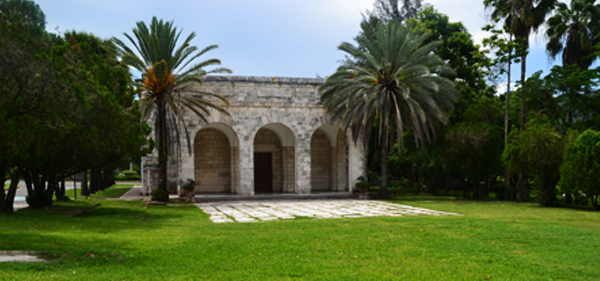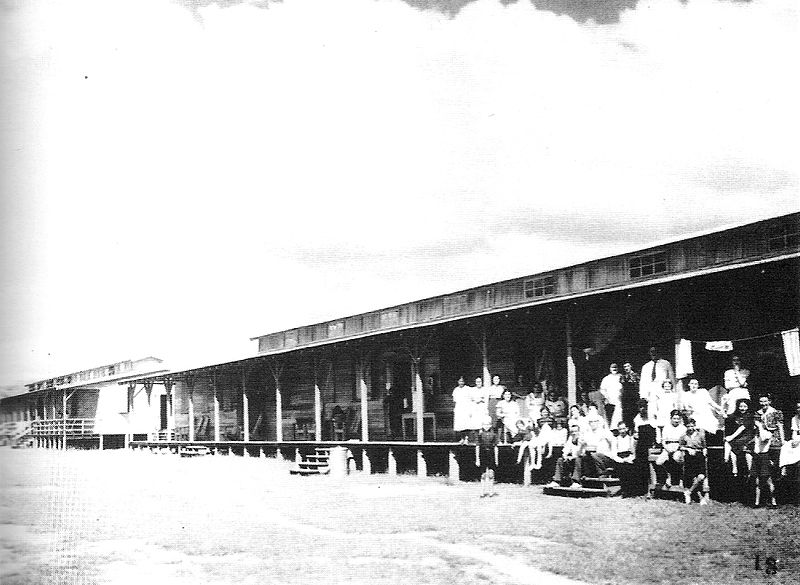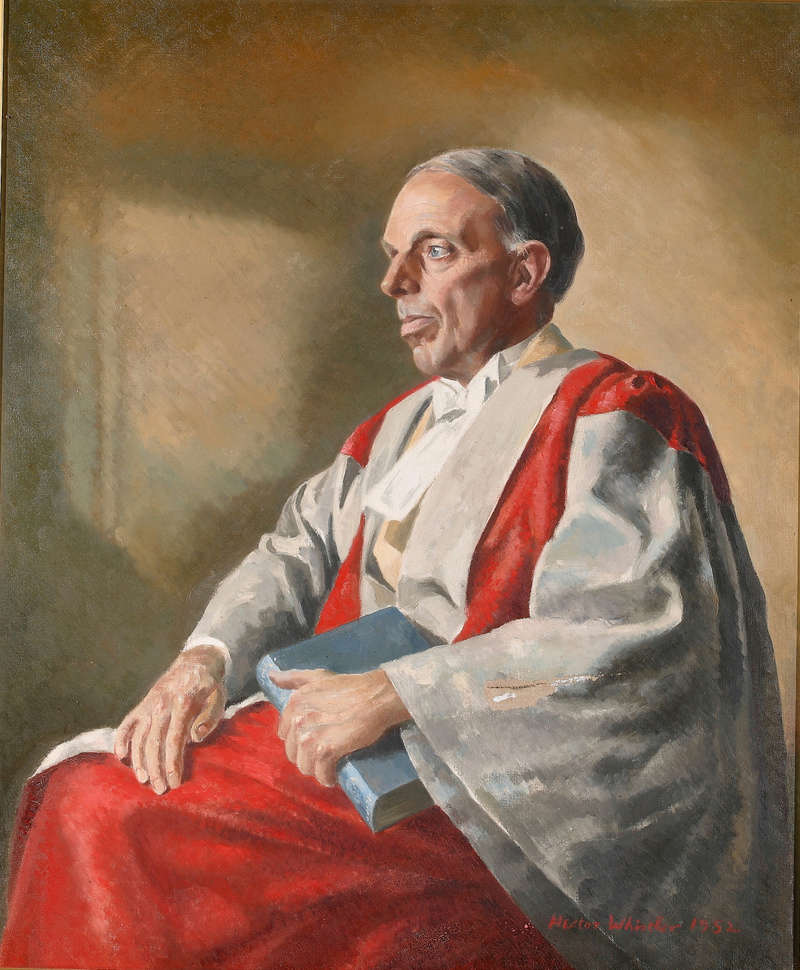
Jamaica is the founding campus of the unique, multi-part, multi-national University of the West Indies.
The University Of the West Indies was first founded in Jamaica as a refugee and army baracks camp in the late 1930s to early 1940s.
It was known as the Gibraltan Camp with wooden barracks, lined into very long rows, numbered 1-112, each 150 feet long, 25 feet wide with a 7-foot verandah.
The camp had 2000 Gibraltarians which eventually grew, that's why it was first called the Gibraltan camp. It had an army base, and later an internment camp, the land was covered by row after row of wooden huts.

The first set of Gilbraltans of 1,104 arrived, 185 men, 673 women and 246 children they arrived on the Neuralia in October, 1940.
Thousands of Jamaicans turned out to welcome them, punctuating their bus trip to the camp with cheers.
The camp was enormous and was meant to host 7,000, some of the extra space was used by Jewish European refugees following special appeals to the British Empire.
As the The Gibraltarians numbers grew during their stay in Jamaica, over 100 Gibraltarian babies were born in the camp.
The camp was first run by an English Commander Major Henry Simms whose residence is one of few buildings from that era still standing.
3,000 people were living in the refugee section of Gibraltar Camp and about 1,000 employees were working there.
The camp was self-sufficient, with schools, churches,synagogues,kosher kitchen,a hospital, shops, offices,gardens,and everyone had their own little patch,there was also a police station, and a lock-up.

Concerts, weddings, fights, scandals, and funerals took place at the camp.
Refugees who had a trade were allowed to work within the camp which translated into payment for hairdresser, barber, shoemaker, tailor and others. Books, newspaper and radios were available. There was never a shortage of food.
By the end of 1943 Gibraltar Camp employed 186 local staff and 446 evacuee staff. Some of the refugees were Spanish evacuees, Polish and Dutch refugees and a few Finnish internees.
When the war was over, most internees returned to Germany and Italy, although some married Jamaicans and stayed,and some of the Ashkenazi Jewish refugees left for Cuba.
The UK Government in 1943 set up the West Indies Committee of the Asquith Commission on Higher Education in the west indies.
In 1944 the committee recommended the establishment of a single university in the British Caribbean.
That meant a single university not only for the British island colonies in the Caribbean Sea but also British Guiana and British Honduras.
The University college of the west indies in Jamaica was founded by a scottish proffessor;his sub committe had two west indies members.

It was chaired by the sagacious and energetic Scotsman Sir James Irvine (1877-1962)Born 9 may glasgow. It became known as the Irvine Committee.

Sir James Irvine became a prime mover in founding the University College of the West Indies in Jamaica.
It was due to him that the scarlet academic gown of St Andrew’s University was adopted by the West Indian campuses.

The University grew rapidly, beyond all projections and is the largest and most longstanding, higher education provider in the English-speaking Caribbean.
The University began at Mona, Jamaica, West Indies in 1948 as a College of the University of London; originally instituted as an independent external college of the University of London. It achieved full university status in 1962.
The square mile site welcomed its first undergraduates – 33 medical students from across the West Indies caribbean islands in October 1948.
Dr T W J Taylor (1895-1953) was the first principal. He had been a chemist at Oxford University in oxforshire.

The University of the West Indies at Mona Campus is sometimes described as an ''Old Soul''.
Truth: Many Jamaicans young and old do not know much about Gibraltar Camp or Gibraltar.
Barbados and Trinidad went independent, and started their own University of the West Indies in the 1960s.







